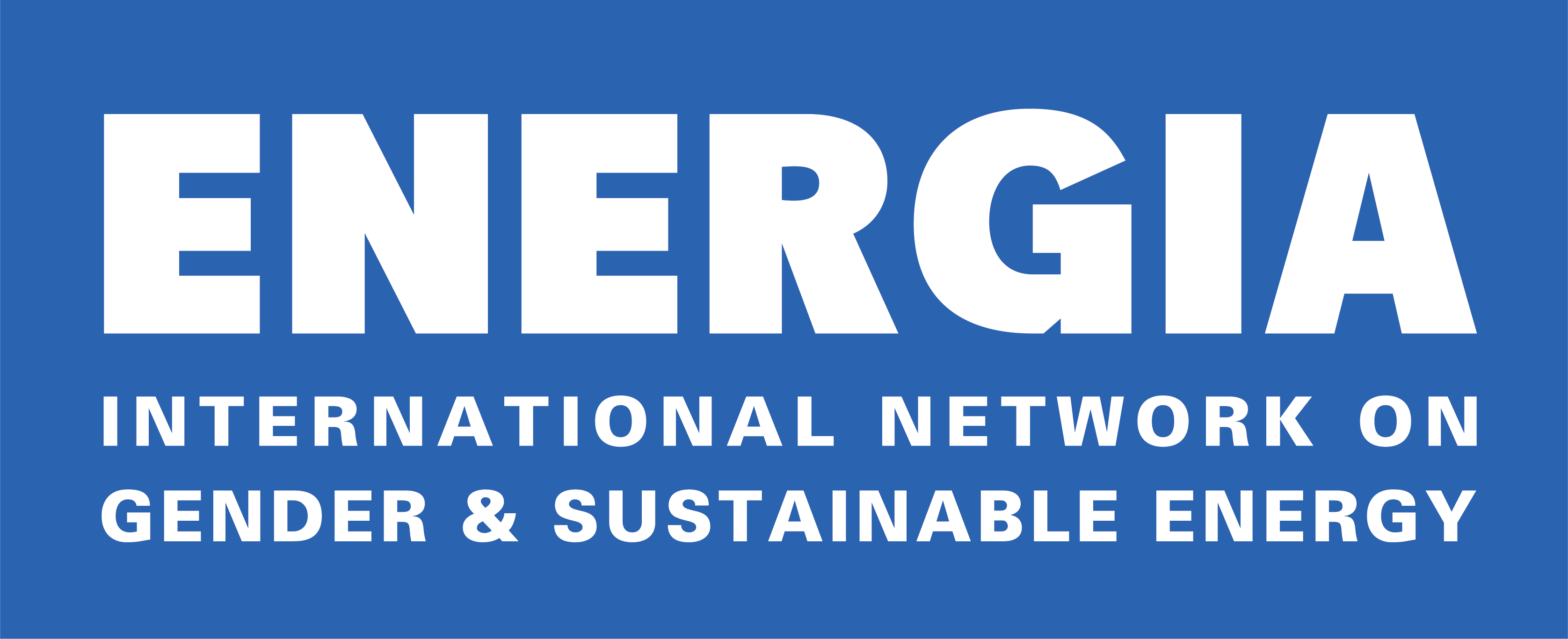This article reviews the empirical literature on women’s empowerment through electricity access and the methodologies that have been used. Statistical studies have looked at areas with access to the grid and measured the impact on welfare indicators and employment. Qualitatively oriented studies have looked at various types of supply and studied how electricity access in a given context has influenced women and men in everyday life, sometimes focusing on the role of the design of the systems of supply and the process of electrification. The overall results show that electricity access benefits the welfare of women as well as men, but that the impact on gender relations remains largely unclear. With the ambition to better understand the gendered nature – and impacts – of various types of electricity access, we develop a framework for analysing women’s empowerment through electricity and subsequently illustrate its applications by drawing on the reviewed empirical literature.







